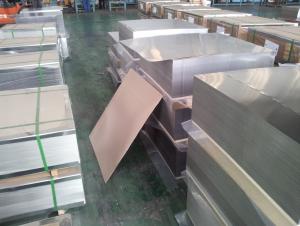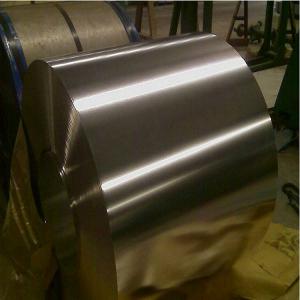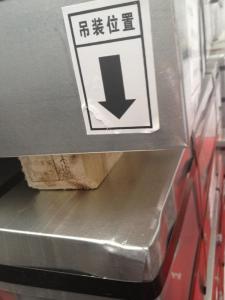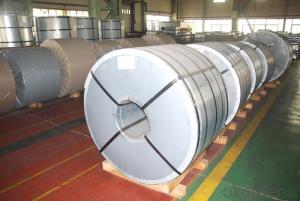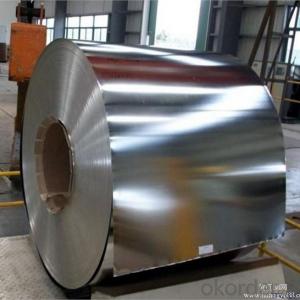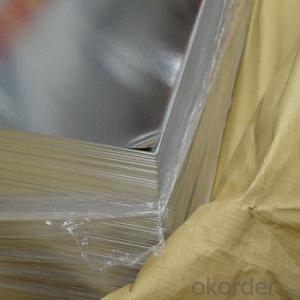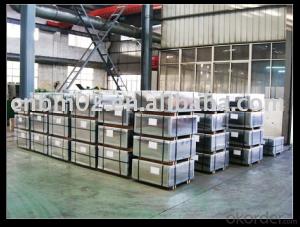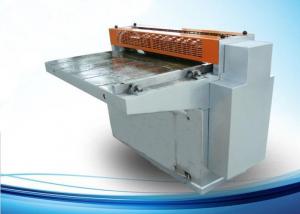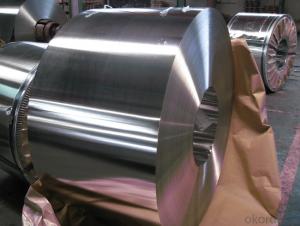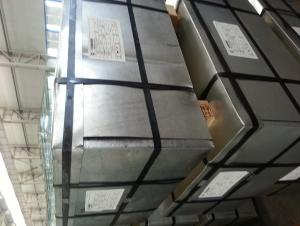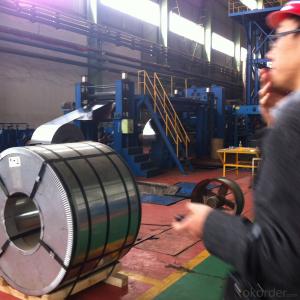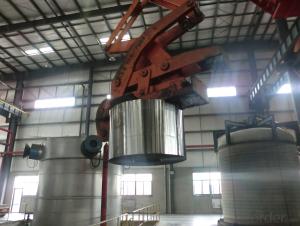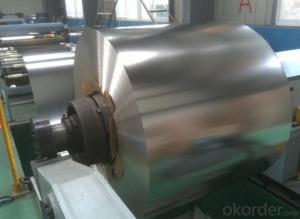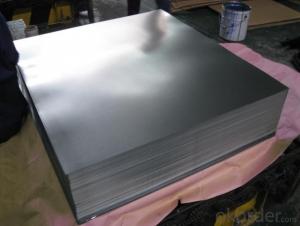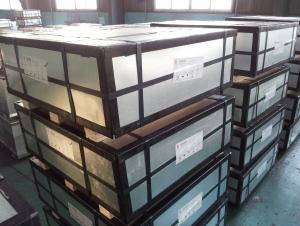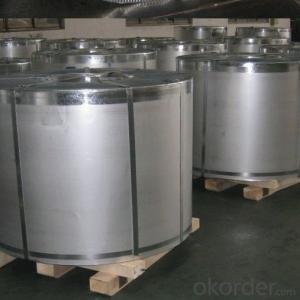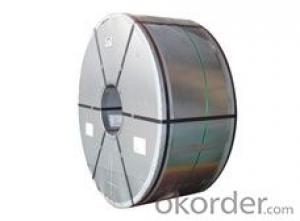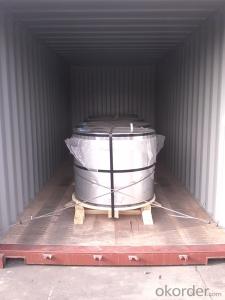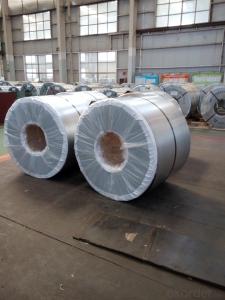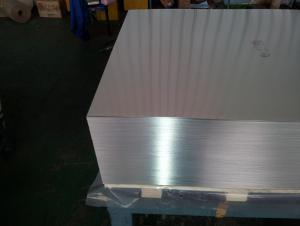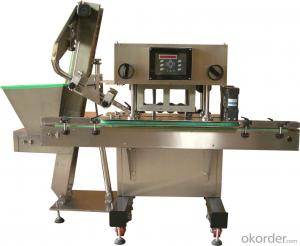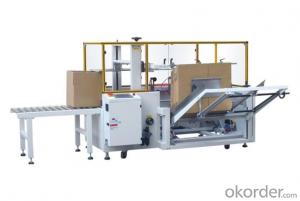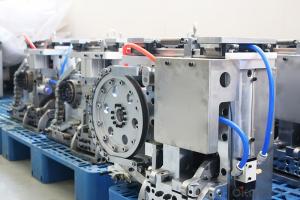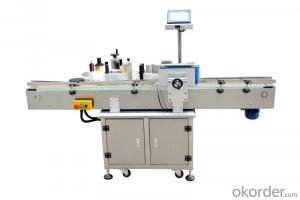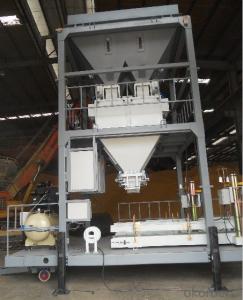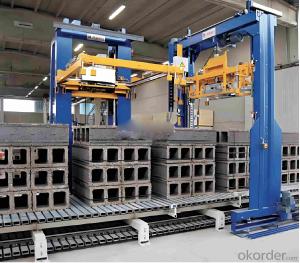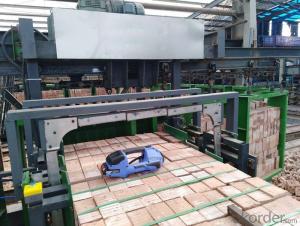Crown Tinplate
Crown Tinplate Related Searches
Crown European Tinplate Tinplate Metal Turkey Tinplate Spain Tinplate Tinplate Iron Tinplate Uk Printed Tinplate Tinplate China Buy Tinplate Tata Tinplate Tinplate Goldfish Tinplate Can Thyssenkrupp Tinplate Tinplate Material Tinplate Company Italy Tinplate Tinplate Coating Western Depot Tinplate Thai Tinplate Lacquered Tinplate Tinplate Factory Tinplate Tins Tinplate Products Tinplate Tea Set Nse Tinplate Lionel Corporation Tinplate Prime Electrolytic Tinplate Tinplate Production Tinplate Service Center Tinplate CansCrown Tinplate Supplier & Manufacturer from China
Crown Tinplate is a leading manufacturer of high-quality tinplate products, including tinplate sheets, tinplate coils, and tinplate containers. These products are widely recognized for their durability, corrosion resistance, and excellent formability, making them ideal for a variety of applications. From food and beverage packaging to automotive and construction industries, Crown Tinplate's products are utilized in numerous sectors where reliable and long-lasting materials are essential.The versatile nature of Crown Tinplate products allows them to be used in various scenarios, such as in the production of cans, lids, and other packaging materials. They are also employed in the manufacturing of automotive parts, roofing materials, and even in the construction of architectural structures. This wide range of applications showcases the adaptability and versatility of Crown Tinplate's offerings, catering to the diverse needs of different industries.
Okorder.com is a prominent wholesale supplier of Crown Tinplate products, boasting a vast inventory that caters to the demands of various industries. With a commitment to providing top-notch products and exceptional customer service, Okorder.com ensures that customers have access to the high-quality tinplate materials they require for their projects. By partnering with Crown Tinplate, Okorder.com is able to offer a comprehensive selection of tinplate products to meet the specific needs of their clients.
Hot Products
